The hype around ChatGPT is largely due to its capabilities as a large language model developed by OpenAI. ChatGPT is part of a new generation of AI models that are capable of producing human-like text and conversation. This makes it an attractive technology for a wide range of applications, including chatbots, virtual assistants, and other conversational interfaces.
In this article, we explore how ChatGPT can empower persons with disabilities.
Conversational User Interface
In today’s world, technology has become an integral part of our daily lives. It has greatly improved the way we work, communicate, and interact with others. However, for persons with disabilities, technology can often pose significant barriers that limit their ability to fully participate in society. This is where ChatGPT comes in.
ChatGPT provides a conversational interface that enables hands-free, voice-activated access to information, tasks, and services. This can help to reduce physical barriers and increase independence and productivity for people with disabilities.
We had seen the extension of natural language processing capabilities to control smart home devices, scheduling appointments, making online searches, and performing other tasks that might otherwise be difficult or impossible for persons with disabilities. For persons with mobility disabilities, this can be a game-changer. They can use speech to turn on lights, adjust the temperature, and control other smart home devices without needing to use their hands. This not only provides greater convenience but also increases their independence, allowing them to live more comfortably and efficiently, even for those with cognitive or sensory disabilities.
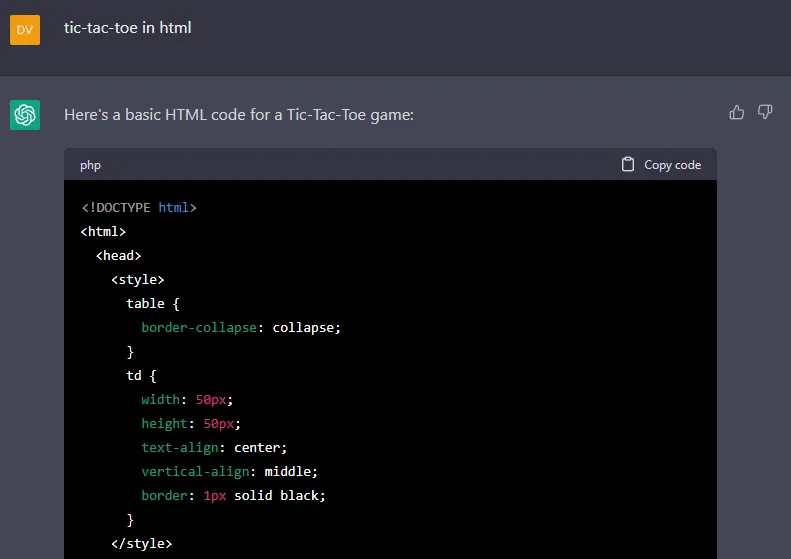
From Technology User to Technology Contributor
ChatGPT has the ability to provide information and support for persons with disabilities. For example, it can answer questions about accessibility, assistive technology, and other resources that can help to improve their lives. This can help to reduce the stigma and isolation that many persons with disabilities experience and provide them with a valuable resource for information and support.
That aside, ChatGPT is so much more, opening new opportunities to participate in the technology industry. For example, persons with disabilities can work as developers, data scientists, or designers, contributing to the creation of new technologies and products.
Here, we asked ChatGPT to provide the foundations to a HTML-based tic-tac-toe game and we implemented it within this blog post. Of course, you’ll still need some programming background to deploy a full-fledge tic-tac-toe game. Well, ChatGPT could always teach you programming.
The code:
<!DOCTYPE html>
<html>
<head>
<style>
table {
border-collapse: collapse;
}
td {
width: 50px;
height: 50px;
text-align: center;
vertical-align: middle;
border: 1px solid black;
}
</style>
</head>
<body>
<table id="board">
<tr>
<td id="cell-0"></td>
<td id="cell-1"></td>
<td id="cell-2"></td>
</tr>
<tr>
<td id="cell-3"></td>
<td id="cell-4"></td>
<td id="cell-5"></td>
</tr>
<tr>
<td id="cell-6"></td>
<td id="cell-7"></td>
<td id="cell-8"></td>
</tr>
</table>
<script>
const cells = document.querySelectorAll("td");
let turn = "X";
for (const cell of cells) {
cell.addEventListener("click", handleClick);
}
function handleClick(e) {
const cell = e.target;
cell.textContent = turn;
cell.removeEventListener("click", handleClick);
checkWin();
turn = turn === "X" ? "O" : "X";
}
function checkWin() {
const combinations = [
[0, 1, 2],
[3, 4, 5],
[6, 7, 8],
[0, 3, 6],
[1, 4, 7],
[2, 5, 8],
[0, 4, 8],
[2, 4, 6],
];
for (const combination of combinations) {
const [a, b, c] = combination;
if (cells[a].textContent === turn && cells[b].textContent === turn && cells[c].textContent === turn) {
alert(`Player ${turn} wins!`);
return;
}
}
}
</script>
</body>
</html>
The implementation:
In conclusion, ChatGPT has the potential to greatly empower persons with disabilities by reducing barriers and increasing their independence and productivity. Whether it’s browsing the internet, performing tasks, or providing information and support, ChatGPT is poised to play an important role in the lives of persons with disabilities for years to come. As technology continues to evolve, we can expect to see even more innovative ways that ChatGPT can be used to improve the lives of persons with disabilities.
Till next time.
Check out our other blog post on other home modifications tips and tricks.
Naidex | Tech Talk
How Data Analytics Impact
Blind Lives
Make Hackathon
BAWA Cane at Infineon LG Make Hackathon
Facts and Guide
How to pick the correct length of a white cane for a blind person?
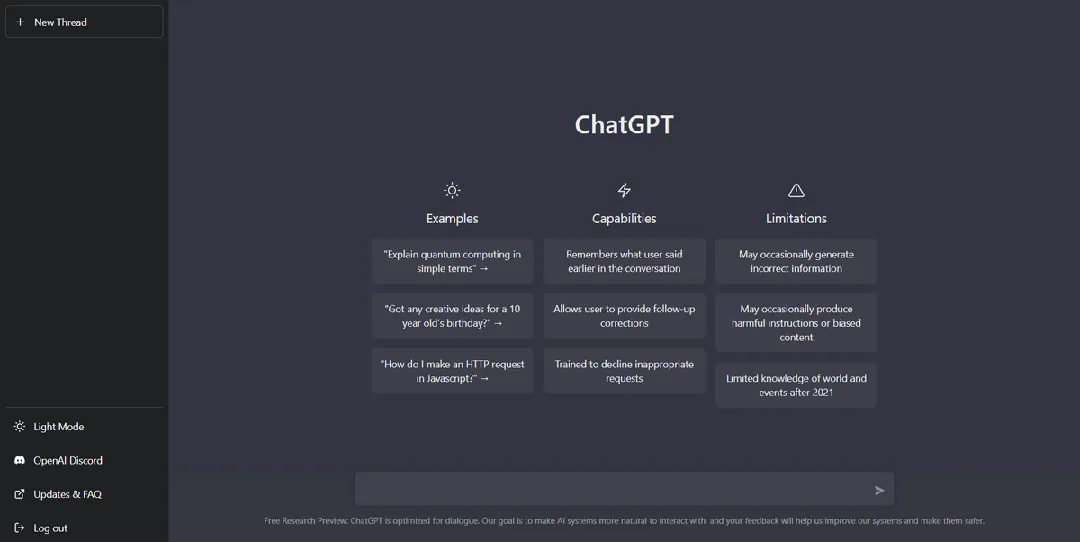
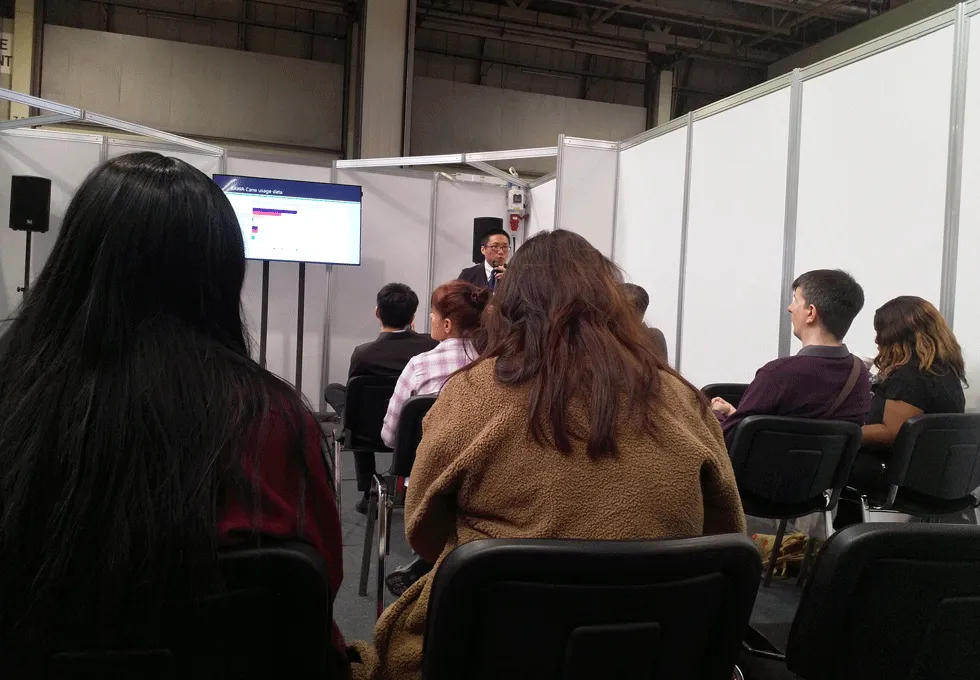
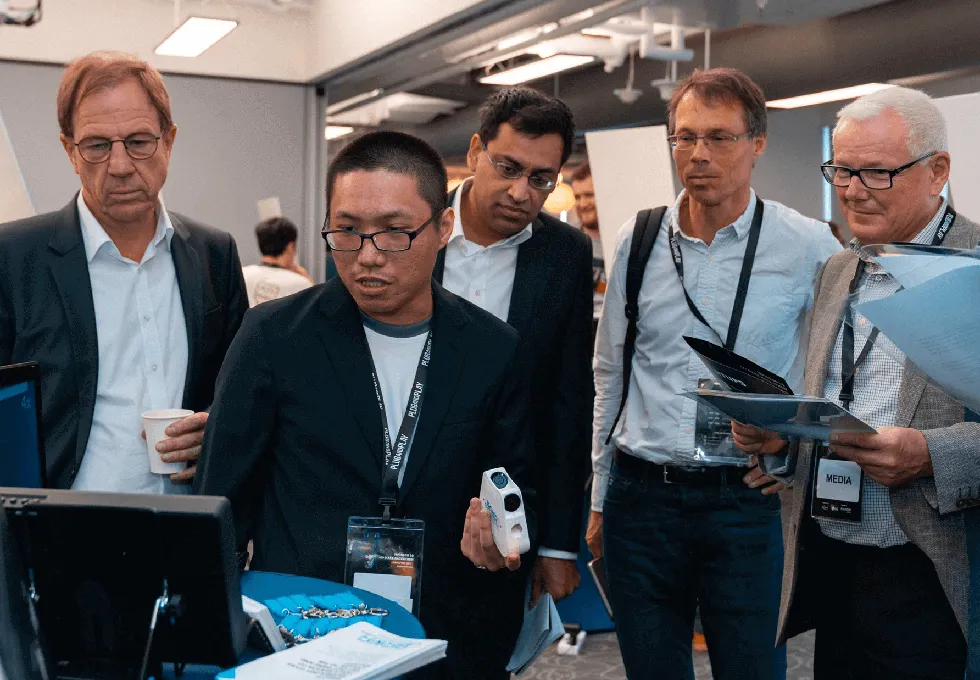
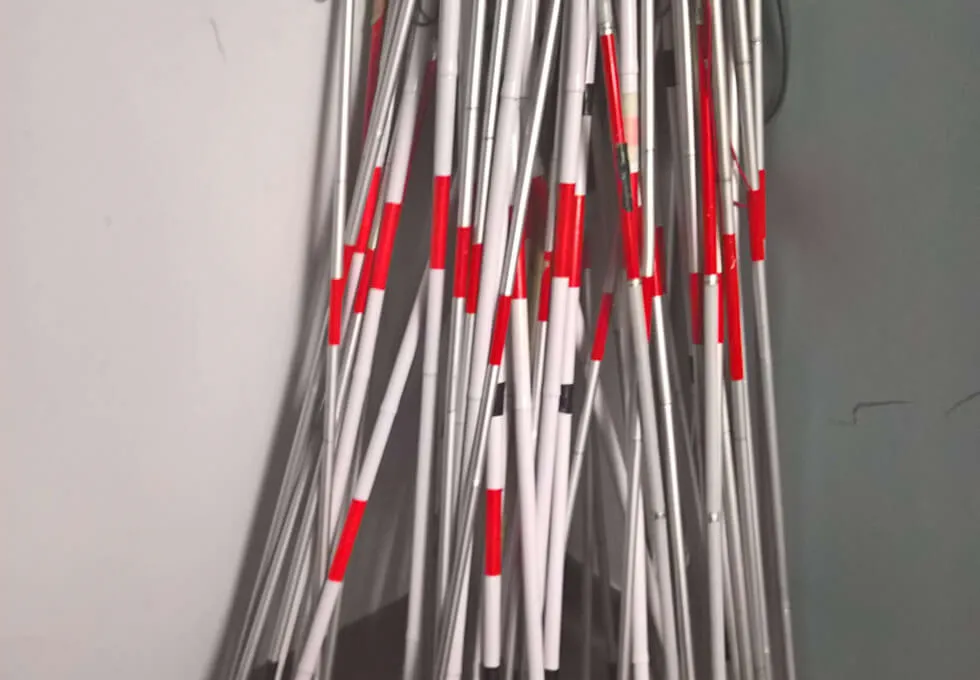
Do you mind if I quote a couple of your articles as long as I provide credit and sources back to your website? My blog site is in the very same niche as yours and my users would certainly benefit from some of the information you present here. Please let me know if this okay with you. Thanks!
Go ahead. Glad you found value in our articles.
Very nice post. I just stumbled upon your blog and wanted to say that I’ve really enjoyed browsing your blog posts. In any case I’ll be subscribing to your feed and I hope you write again soon!
Reading your article has greatly helped me, and I agree with you. But I still have some questions. Can you help me? I will pay attention to your answer. thank you.
Glad that this article has helped you. Ask away.
The point of view of your article has taught me a lot, and I already know how to improve my paper, thank you.
Reading your article helped me a lot!
Very nice post. I just stumbled upon your blog and wanted to say that I’ve really enjoyed browsing your blog posts. In any case I’ll be subscribing to your feed and I hope you write again soon!
Your article helped me a lot, is there any more related content? Thanks!
For technology related blog posts, check out: https://www.bawa.tech/blog/category/tech-talk/